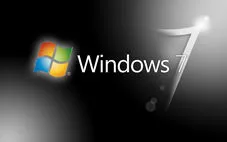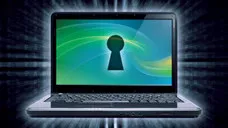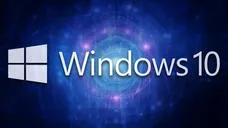For all the beginners out there you might have heard of terms of UEFI or legacy boot, What are they and how do they work? Simply put, when you want to boot up a computer from external USB or DVD, then there is something UEFI or legacy boot should take care of. This mostly happens when installing a new OS on the computer for recovering forgotten login password from password reset disk.
Currently, new devices powered by Windows 10 has UEIF firmware in default. On old Windows versions, BIOS is the built-in option. However, Mac computers only support UEFI boot all the time. So before we get to the differences and which one is preferable we'll look on to the basics of what these two terms are and what do they do. For people who know you can skip this part.
What is UEFI?
Each computer has a stock firmware to communicate between hardware and operating system, which is set of instructions to ensure the computer meets the minimal requirements to boot up properly. UEFI (Unified Extensible Firmware Interface) and traditional BIOS (Basic Input / Output System) are two types of firmware to take into effect in such situation. They act as a “middle-man” between the software and the hardware of computer. Both of these firmware are implemented at the start of the system for initializing the hardware and loading OS on the device properly. UEFI has more advanced features than BIOS in order to pair with latest hardware improvement.
How Does UEFI Work?
UEFI solves the same task by incorporating drivers into your system .These drivers have unlimited storage and they are compatible with updated forms of hardware present in the market.
These drivers are then written separately and they can be uploaded using an external flash drive. The uploaded data is processed by its programming interface, and then configues the data to ensure compatibility.
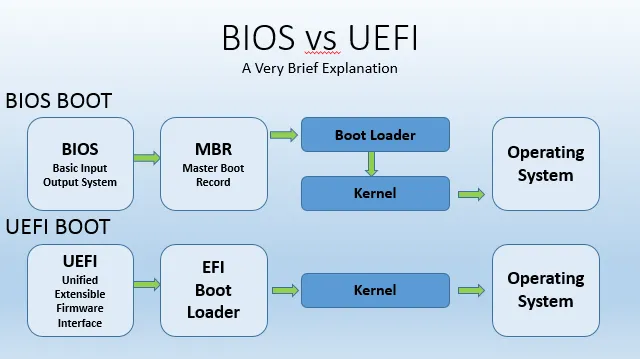
How to Check My Computer is Powered by UEFI or BIOS?
Step 1: Press Win + R key simultaneously to bring up the Run dialog window.
Step 2: Type "MSinfo32" in the blank line and hit "Enter".
Step 3: A new window pops up and click "System Information" at the left panel. There is an option called "BIOS Mode" at the bottom of right side. Legacy means it is with traditional BIOS. UEFI means the computer is powered by UEFI firmware.
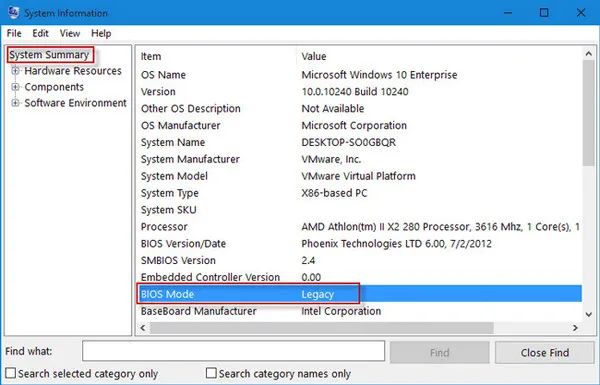
UEFI Boot vs Traditional BIOS
BIOS has been there since the 80's and it has been used and incorporated in every PC since then until Apple chose the UEFI ( initially called EFI) system for all its Mac devices.
The Memory Factor: BIOS can boot up from drives having memory of 2.1TB or less and with 3TB drives becoming very common a computer with traditional BIOS won’t be able to boot up.This is because of how the Master Boot Record(MBR) of legacy BIOS functions as MBR uses 32-bit entries and limits you to maximum of 4 memory partitions.
UEFI on the other side uses GUID partition table (GPT) which uses 64-bit entries and can have infinite partitions however Windows limits to ‘128’ partitions. Also it supports drives having memory greater than 2TB with theoretical value of maximum support of 9.4 zettabytes.
Performance: As UEFI has more addressable space than BIOS it allows the system to boot faster with faster initializing of hardware for your operating system.
Security: The biggest advantage of using UEFI over BIOS is that it has security which is not provided by the BIOS. Secure Boot is a characteristic feature of UEFI which ensures that no malware tampers with the boot process and ensuring that the operating system is clean as a whistle. In Windows this system ensures that no pirated copies of boot loaders have been used.
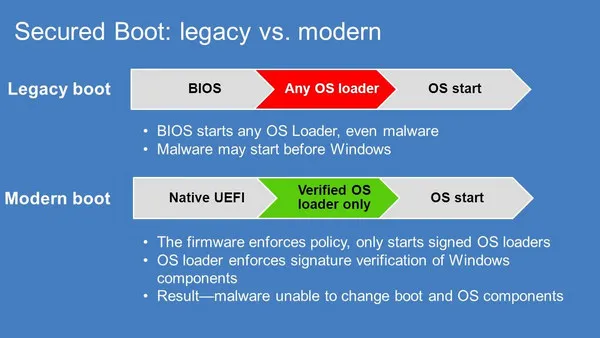
Conclusion
UEFI was needed to modify the already present BIOS which is old as ice-age and required change.Advantages of using UEFI is that it is compatible with the traditional BIOS and thus work alongside it.UEFI is only available to the 64-bit versions of Windows 7 and above that can boot from disks with a partition size larger than 2 TB. If you are using BIOS shifting to UEFI is what I recommend as BIOS has no future.

